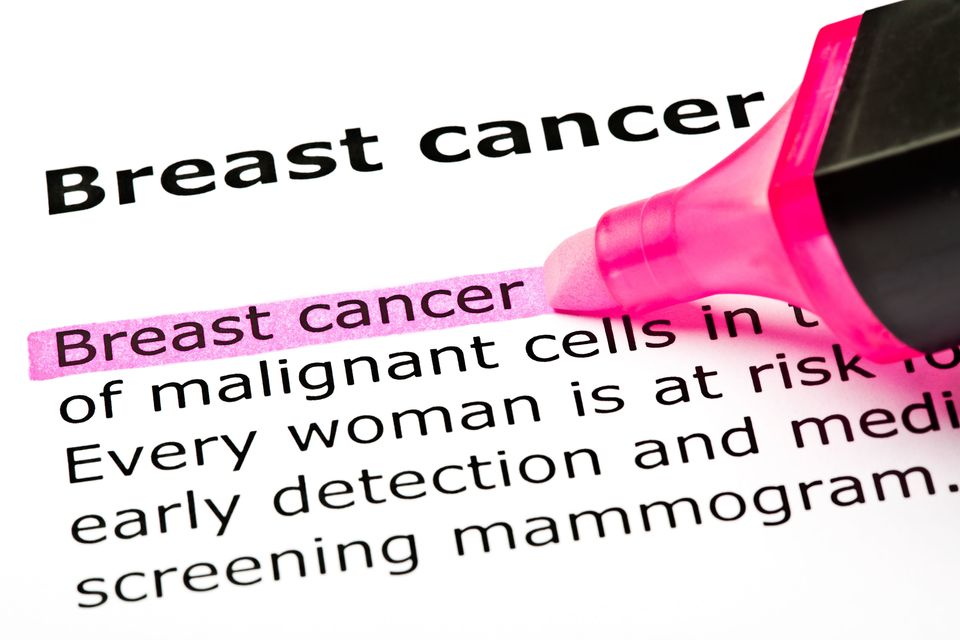
In what's being touted as the largest analysis of breast cancer screening methods for women under the age of 40, researchers at the Seattle Cancer Care Alliance (SCAA) and University of Washington put mammography and ultrasounds to the test.
What they found: Among women ages 30 to 39 with symptoms of possible breast cancer (including palpable lumps, localized pain and tissue thickening) ultrasound is a superior diagnostic tool with a "far higher" sensitivity for cancer detection than mammography. And while the risk for malignancy among women in this age group is what the study's lead author, Constance Lehman, M.D., Ph.D., calls “small but real,” at about 1.9 percent, her findings hope to prompt health officials to revise the current U.S. clinical practice guidelines, which recommend mammography as the first evaluation for women with symptoms of the disease.
Last month, doctors pointed to regular mammography screening as a critical practice in narrowing the breast cancer gap between black and white women, and, last year, championed mammography's ability to cut breast cancer mortality rates in half.
But for those under age 40, particularly black women, who have a greater incidence of breast cancer than white women of the same age, the latest findings prove that ultrasounds may be best.
"Mammography is still our best tool for screening women 40 and older, but targeted ultrasound is our tool of choice in evaluating symptomatic women under 40," the study authors wrote in their report, published in the Oct. 22 issue of the American Journal of Roentgenology. But "in women under 40, ultrasound is better at evaluating breast lumps compared to mammography," the authors went on to say, citing the 1,208 cases they examined in which sensitivity for ultrasound was 95.7 percent compared to 60.9 percent for mammography.
According to the study, ultrasound exams found 22 cancers versus 14 by mammography.
Revised guidelines -- which would mirror those in Europe, where ultrasound is often recommended as a first course of screening for women under age 40 -- could prove doubly effective in combination with a new ultrasound device that the FDA approved last month, the somo-V Automated Breast Ultrasound System (ABUS), designed to help detect cancer in women with dense breasts, who often aren’t diagnosed until they are experiencing more advanced stages of the disease.
Approximately 40 percent of women who undergo screening, a disproportionate number of which are black, have dense breasts, experts say. In contrast with less-dense breasts, which have a high amount of fatty tissue, dense breasts have a high amount of connective and glandular, or fibroglandular, tissue that appears as solid white areas on a mammogram, just as tumors do.
Unlike the patients in Lehman's study, however, ABUS was approved for use in women with no symptoms of the disease.
